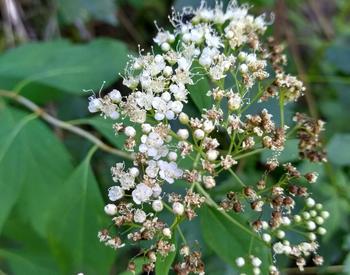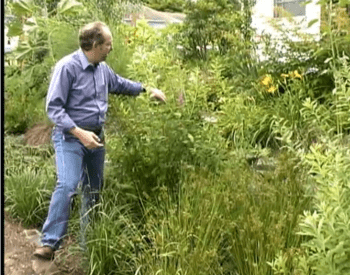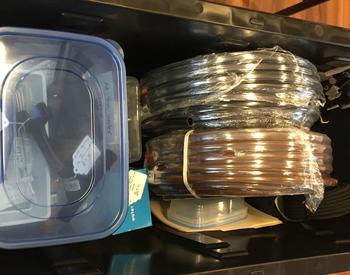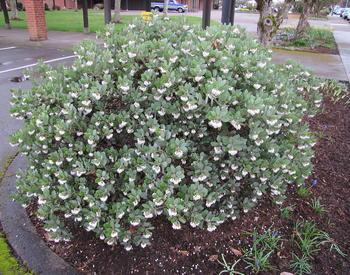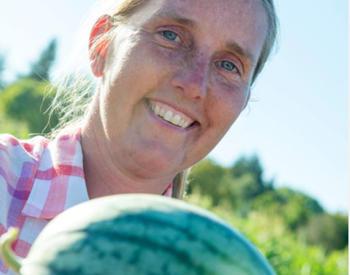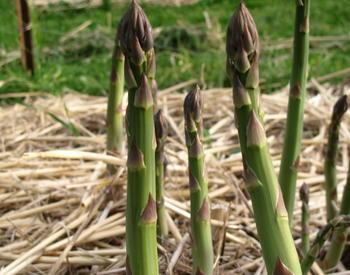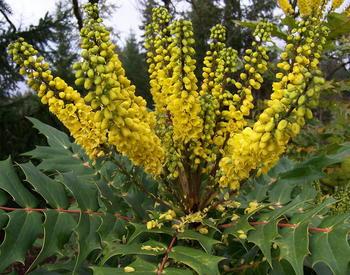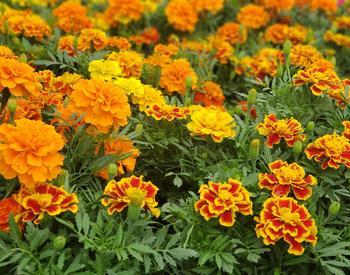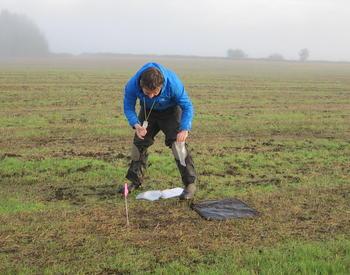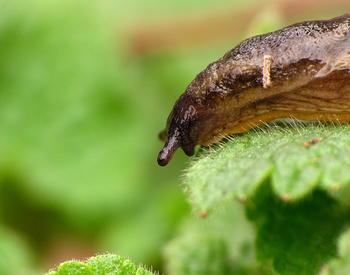Compost is the “black gold” of the gardening world. The earthy smell, the tiny bits of unidentifiable plant parts, the water-holding capacity — gardeners can get obsessed when it comes to this valuable soil amendment. Much has been written about the value of the garden compost pile and its maintenance, even more about how happy your plants will be when you start applying well-heated, matured compost.
Klamath gardeners, however, may have a different experience. Besides the organic matter to start the compost pile, the most important ingredients for good compost are heat and moisture — at the same time.
It’s that last bit that gets us. With precipitation primarily in cooler months, Klamath gardeners rarely naturally have the opportunity for heat and moisture to intersect, initiating the breakdown process that gets composting going. We need to deeply water compost piles regularly during the summer in order to create usable compost in a reasonable time frame. When water availability is a concern, watering the compost pile might seem like a frivolous — or at least questionable — use of our natural resources.
Which is why we should all want red wigglers, Latin name Eisenia fetida, in our homes. Not just wandering around in them, of course, but protected and productive in their little compost worm bins. Red wigglers are the wonder worms of composting. Seriously, in areas where naturally formed compost takes forever to develop, inviting actual worms into your home via vermicomposting may be worthwhile. Here’s why:
Red wigglers make compost quickly
In far less time than would happen outdoors, red wigglers in temperatures 65º–80ºF can turn kitchen and garden scraps into amazing compost. Having the bin indoors makes it easy to access and use. Red wigglers are more efficient than other types of earthworms at producing compost. Native worms burrow much deeper into the soil. Red wigglers live in the top few inches, a plus for managing them as composters.
Red wigglers are easy to care for
When maintained properly, worm bins have very little odor and will have minor drainage. (The stuff that does drain out is NOT compost tea. Tea is “brewed” from the mature compost.) Drainage and odor are signs that too much food or the wrong kind has been added. Once a worm-herder learns the feeding rate for their bin, maintenance is very simple.
Worm castings are full of beneficial microbes
The body of research demonstrating that worm castings can suppress soil pathogens is growing. Plant pathogens reduced by worm castings include Sclerotium, Pythium, Verticillium and Phytophthora.
While more research is needed to understand this fully, the huge potential for the use of worm castings to suppress soil-borne diseases is very promising. Another of the functions performed by microbes in red wiggler castings is increased moisture retention. Humic acid, present in the castings, serves as a stimulant to plant growth.
You can move them outside — if you must
Red wigglers are at their most efficient, compost-making selves at the same temperatures that most humans are comfortable with — between 65º–80ºF. Outside of this temperature range, the worms will survive, but feeding and mating will shut down. If keeping worms in an out-of-the-way space inside the house is too much of a stretch, worms can be kept in a garage, or other sheltered building, with some success.
Some Master Gardeners in Klamath have had success with overwintering the worms in an outdoor compost pile — during cold weather, the wigglers burrow and congregate in a big mass. If the worms are exposed to extremes of heat and cold, some will be lost and compost production will shut down. However, the remaining worms would still produce a quicker, quality compost product in milder months.
Worms are eco-friendly
About 30% of landfill waste is food-based. In large municipalities where landfill space is at a premium, worm composting has begun to gain traction as a way for cities to reduce landfill use and recycle food scraps into compost. We can reduce waste on an individual or family level by taking advantage of the digestion of these organisms. The use of worm castings in the soil may reduce the need for other inputs, like fertilizer and fungicide.
Worm compost products are also available on the market, so you don’t have to keep worms in your house to gain some value from their castings. However, the products can be pricey, and the microbial action of packaged products will decline with the length of time they are packaged. Harvesting your own castings to use as an amendment, or to make “tea” with, will likely be more economical and effective.
For more info on vermicomposting, check out these resources:

